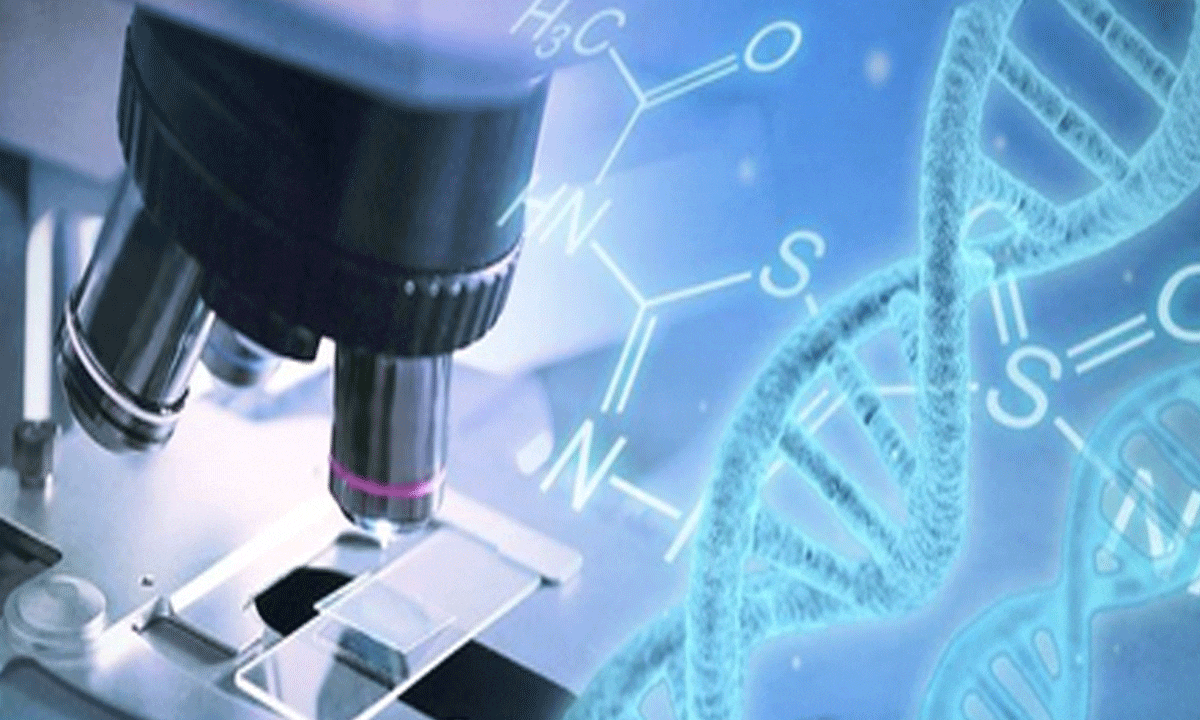Gene Therapy May Offer Permanent HIV Suppression, Says Study – munsifdaily.com

Report on Gene Therapy Advancements in HIV Treatment Aligned with Sustainable Development Goals
Introduction
In a significant advancement in HIV research, scientists at Johns Hopkins University, USA, have identified gene therapy as a potential method to induce permanent dormancy of HIV. This breakthrough offers a promising alternative to lifelong antiretroviral therapy (ART), aligning with the United Nations Sustainable Development Goal (SDG) 3: Good Health and Well-being, which aims to ensure healthy lives and promote well-being for all at all ages.
Study Overview
The study, published in Science Advances, investigates the manipulation of a molecule produced by HIV, known as an antisense transcript (AST), to induce viral latency — a state where the virus remains dormant and non-replicating.
AST Molecule and Viral Latency
The research highlights the role of AST, a naturally occurring molecule from HIV’s genetic material, in maintaining viral dormancy. According to Fabio Romerio, Associate Professor at Johns Hopkins, increasing AST production within CD4+ T cells — the immune cells targeted by HIV — effectively suppresses viral replication for several days.
Key Findings
- AST induces and maintains HIV viral latency.
- Enhanced AST production in CD4+ T cells prevents HIV replication temporarily.
Gene Therapy Versus Conventional Antiretroviral Treatment
Currently, HIV-positive individuals depend on daily ART to suppress the virus, which, despite its effectiveness, requires lifelong adherence and is associated with various side effects. Gene therapy presents a transformative alternative by potentially requiring only a single dose, thereby reducing treatment burden and improving quality of life, directly supporting SDG 3.
- ART: Daily treatment with associated short- and long-term side effects.
- Gene Therapy: Potential one-time treatment inducing long-term viral dormancy.
Global HIV Challenge and SDG Alignment
According to the World Health Organization (WHO), approximately 39.9 million people worldwide live with HIV, with over 630,000 annual deaths due to HIV-related illnesses. This ongoing global health challenge underscores the importance of innovative treatments contributing to SDG 3 and SDG 10: Reduced Inequalities by improving access to effective therapies worldwide.
Research Implications
Lead author Rui Li emphasized the potential of this research to make HIV manageable or silent for life, which could significantly reduce the disease burden and improve health equity.
Experimental Evidence of Viral Dormancy
Experiments involved engineering human CD4+ T cell lines infected with HIV to overexpress AST. The modified cells maintained viral dormancy for up to four days, after which the AST-expressing DNA degraded. Similar results were observed in T cells from 15 HIV-positive individuals, confirming the reproducibility of short-term viral latency induction.
Experimental Highlights
- Human CD4+ T cells engineered to produce higher AST levels.
- Viral dormancy sustained for four days in vitro.
- Consistent results in cells from HIV-positive patients.
Future Directions: Towards Sustainable HIV Management
Researchers envision developing gene therapies that permanently enhance AST production, potentially achieving long-term or permanent viral latency. This innovation aligns with the global health agenda to provide sustainable, effective treatments and reduce the need for lifelong medication, supporting SDG 3 and contributing to SDG 9: Industry, Innovation, and Infrastructure through advanced biomedical technologies.
Fabio Romerio stated, “Our ultimate goal is to develop a lasting, one-time treatment that can silence HIV without lifelong medication.”
Conclusion
This pioneering gene therapy research represents a critical step towards sustainable HIV treatment solutions, with the potential to improve patient outcomes globally and contribute significantly to achieving the Sustainable Development Goals related to health, innovation, and equity.
1. Sustainable Development Goals (SDGs) Addressed or Connected
- SDG 3: Good Health and Well-being
- The article focuses on HIV research and treatment advancements, directly relating to ensuring healthy lives and promoting well-being for all ages.
- SDG 9: Industry, Innovation, and Infrastructure
- The development of gene therapy as an innovative medical treatment highlights advancements in scientific research and technology.
- SDG 17: Partnerships for the Goals
- The article references collaboration among scientists and institutions, such as Johns Hopkins University and WHO data, emphasizing partnerships in health research.
2. Specific Targets Under Those SDGs
- SDG 3 Targets:
- Target 3.3: By 2030, end the epidemics of AIDS, tuberculosis, malaria, and neglected tropical diseases and combat hepatitis, water-borne diseases, and other communicable diseases.
- Target 3.8: Achieve universal health coverage, including access to quality essential health-care services and access to safe, effective, quality, and affordable essential medicines and vaccines for all.
- SDG 9 Targets:
- Target 9.5: Enhance scientific research, upgrade the technological capabilities of industrial sectors, including health-related technologies.
- SDG 17 Targets:
- Target 17.6: Enhance North-South, South-South, and triangular regional and international cooperation on and access to science, technology, and innovation.
3. Indicators Mentioned or Implied to Measure Progress
- Indicator for Target 3.3:
- Number of new HIV infections and HIV-related deaths (implied by the mention of 39.9 million people living with HIV and 630,000 annual deaths).
- Indicator for Target 3.8:
- Access to effective HIV treatments and therapies (implied by discussion of gene therapy as an alternative to lifelong antiretroviral therapy).
- Indicator for Target 9.5:
- Number of new health technologies developed and implemented (implied by the gene therapy research and its potential application).
- Indicator for Target 17.6:
- International collaborative research projects and publications (implied by the joint research efforts and publication in Science Advances).
4. Table of SDGs, Targets, and Indicators
| SDGs | Targets | Indicators |
|---|---|---|
| SDG 3: Good Health and Well-being |
|
|
| SDG 9: Industry, Innovation, and Infrastructure |
|
|
| SDG 17: Partnerships for the Goals |
|
|
Source: munsifdaily.com








